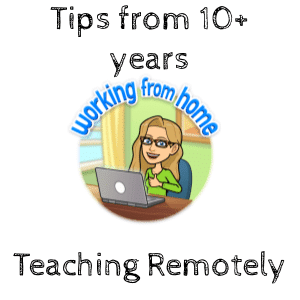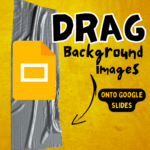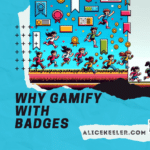
With permission, I am copying Andrew Thomasson’s Facebook post
As someone who has been doing this digital learning thing for 10+ years:
1. Don’t worry about making things perfect. Videos aren’t going to be perfect. You’ll have kids or dogs or whatever breaking into the background, and that’s fine. It humanizes you. Students often think those are the best parts of the videos.
2. You can’t have the same expectations for students in the digital realm. They also will have younger siblings to watch and maybe sick family members and food to procure. Their whole schedules are disrupted, just like yours. If I’m dealing with anxiety, how much more intense is it going to be for a teenager who feels every emotion turned up to 100?
3. Don’t try to be available 24 hours a day. Don’t even try to be available 12 hours a day. Set boundaries now, and keep to them.
4. Turn off your dang notifications.
5. Don’t try to do 300 new tech platforms/programs. Like my friend David Theriault says,
you can do basically everything you need with Google Classroom, Slides, and Docs.
6. Similarly, remember that there’s going to be a learning curve for any new tech. Design lessons that are specifically for the purpose of letting students play around and learning what all the buttons do.
7. Scaffold (and separate) academic skills and tech skills.
8. Give students the space and grace you would want your admins and district office staff and government officials to give to you. The Golden Rule is always important, but especially now.
Ask lots of questions. I’m happy to answer as well as I can, or refer you to people who know more than me. Our YouTube channel is here, if you want to use any of the audiobooks or “how to do writing” videos:
Subscribe to Andrew and Cheryl’s YouTube Channel
Follow them on Twitter: @thomasson_engl and @guster4lovers






